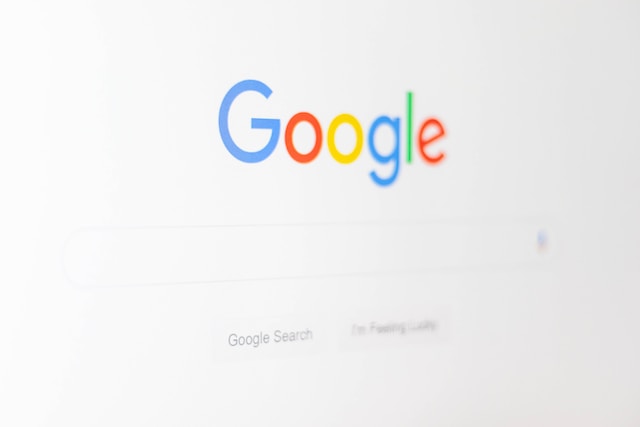Google has consistently been at the forefront of technological innovation, especially in the field of artificial intelligence (AI). From the inception of Google Search to the advent of Google AI, the company has made significant strides in shaping the way we live and work. This article takes an in-depth look into Google AI, examining its evolution, key products, initiatives, and the potential impact on the future of technology.
Origins and Evolution
Google’s journey into AI began with its core product, Google Search, an algorithmic marvel that harnessed the potential of machine learning to deliver relevant results to user queries. However, Google’s AI ambitions have since expanded far beyond search. The company has developed advanced machine learning and deep learning models, launched ambitious projects like Google Brain and DeepMind, and created tools and platforms such as TensorFlow, enabling developers around the world to contribute to the AI ecosystem.
One milestone was the acquisition of DeepMind in 2014, a London-based AI research lab. DeepMind has made substantial contributions to the field, notably with the development of AlphaGo, a machine learning model that defeated a world champion Go player in 2016. This event marked a turning point in AI, demonstrating that machines could learn and strategize in complex environments traditionally thought to be the domain of human cognition.
Key Products and Initiatives
Google AI integrates into many Google products and services, enhancing user experience and enabling new capabilities. Google Assistant, Google Translate, Google Photos, and YouTube all benefit from Google’s AI innovations.
Google Assistant, a virtual personal assistant, uses AI to understand and respond to voice commands, enabling users to search the internet, schedule appointments, make calls, control smart home devices, and more. Its continuous improvements over time, powered by natural language processing and machine learning, have allowed it to become more conversational, understand context, and provide more accurate responses.
Google Translate, another AI-driven product, has revolutionized the way we communicate across language barriers. It uses neural machine translation, a type of AI, to understand and translate text into over 100 languages, bringing people closer together by bridging linguistic gaps.
Google Photos employs AI to categorize and sort images, recognize faces, and even generate albums and videos. YouTube, on the other hand, uses AI for content recommendations, improving user experience by suggesting videos based on user behavior and preferences.
Moreover, Google’s cloud-based AI solutions help businesses optimize operations, predict trends, and make data-driven decisions. Google’s AutoML enables businesses with limited ML expertise to create custom models tailored to their needs.
Open Source Contributions and Research
Google is a significant contributor to the open-source AI community. TensorFlow, an open-source software library for machine learning and artificial intelligence, is one of Google’s most notable contributions. It has empowered researchers, developers, and companies to develop and deploy AI models more effectively.
Additionally, Google has published numerous AI research papers and shares many of its AI models, encouraging transparency, cooperation, and progress within the AI community. Google’s AI principles guide its research and product development, ensuring that its technology is socially beneficial, avoids creating or reinforcing unfair bias, is built and tested for safety, and respects privacy.
The Future of Google AI
Google continues to push the boundaries of AI. Its ongoing research in areas like quantum computing and AI ethics highlights its commitment to solving complex problems and promoting responsible AI usage. The company’s investment in Explainable AI (XAI), which aims to make AI decisions more transparent and understandable, underscores this commitment.
Google AI Quantum team is working on developing quantum processors and novel quantum algorithms to enhance computational capabilities, which could potentially revolutionize AI, enabling more complex calculations and predictions.
Looking ahead, Google AI will likely continue to shape the future of various industries. In healthcare, Google’s DeepMind Health is developing AI-powered solutions to predict diseases and suggest treatments, transforming patient care and medical research. In automotive, Waymo, a subsidiary of Alphabet (Google’s parent company), leverages AI for autonomous driving, signaling a paradigm shift in transportation and mobility.
The realm of education is another area ripe for transformation by Google’s AI. The company’s tools could provide personalized learning experiences, adapting to individual students’ strengths, weaknesses, and learning styles. This could lead to improved outcomes and reduced educational disparities.
Additionally, Google’s investments in AI for sustainable energy use, such as DeepMind’s system to predict wind power output, align with global efforts towards climate change mitigation. Google’s AI could play a vital role in optimizing energy consumption and developing smart cities, contributing to a sustainable future.
The impact of Google AI extends far beyond enhancing search results or personalizing advertising. It’s becoming an integral part of various industries and aspects of daily life. Google’s commitment to research and open-source contribution is not only propelling advancements in AI but also empowering others to leverage and contribute to these advancements.
As we look forward to the future, one thing is clear: Google’s pursuit of AI innovation holds promising potential for societal advancements. Whether it’s healthcare, transportation, education, or sustainability, Google AI is set to redefine our understanding of what’s possible, one algorithm at a time.







